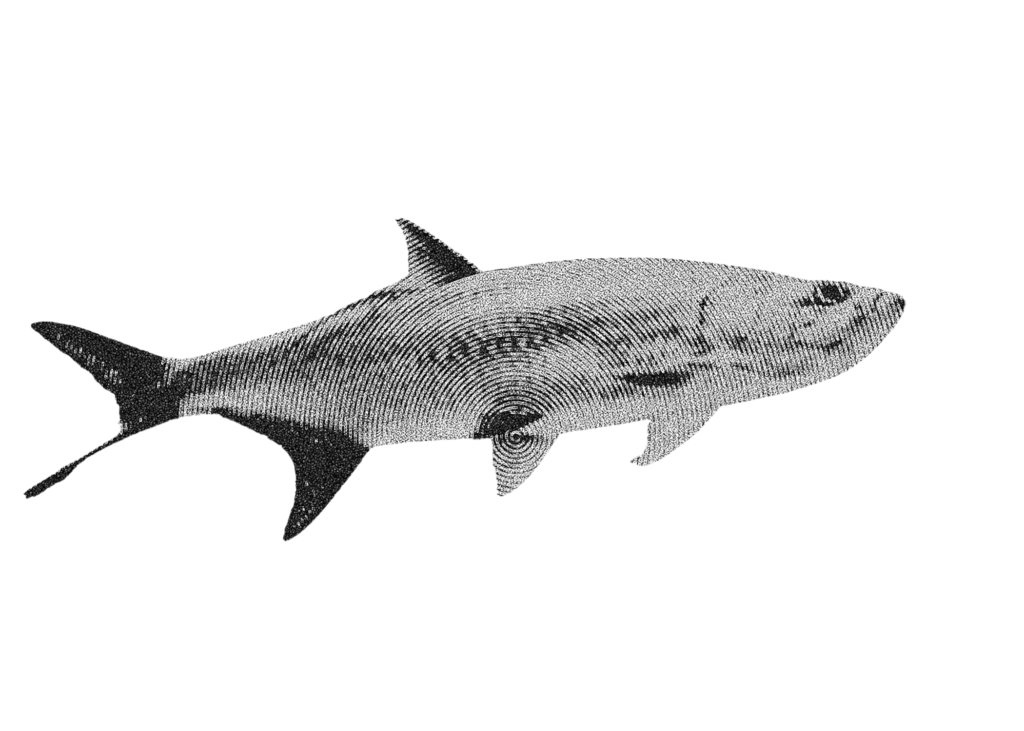Tarpon are more active during the early morning or late afternoon, especially at dawn and dusk when they are feeding. These cooler times of day also provide better water conditions for fishing.
Tarpon are typically found in shallow, warm waters like estuaries, lagoons, and nearshore areas. Look for them near mangrove shorelines, drop-offs, or around sandbars where they often feed.
Tarpon are notorious for being cautious. They may take some time to bite, especially if they’re feeding. Avoid jerking the line too quickly, as they may reject the bait.
Tarpon can be easily frightened by the sound of a boat approaching. Approach quietly and avoid sudden movements. If possible, anchor your boat or use a trolling motor to stay stealthy while fishing in shallow areas.
Tarpon fishing in Puerto Rico using live bait will be done with circle hooks. There’s no need to set the hook forcefully when fishing for tarpon. Due to the tarpon’s tough mouth, the best method is to let out about 10 feet of line and wait for it to tighten, or just leave the rod in the holder until you feel the tarpon pulling line off the reel.
Tarpon are sensitive to noise and vibrations. Overcasting or casting too aggressively can scare them off. Gentle, accurate casts are more likely to get their attention without spooking them.
If you’re unfamiliar with tarpon fishing or the local waters, consider hiring a local fishing guide or going on a tarpon fishing charter. Experienced guides like Reel Addiction know the best locations, tides, and techniques, ensuring a more successful and enjoyable trip.

